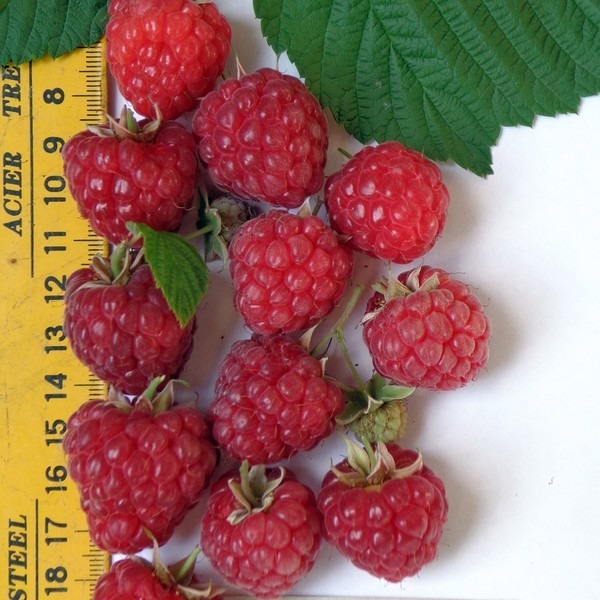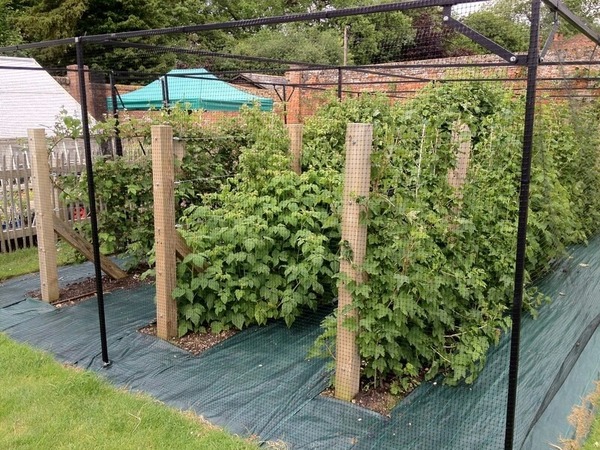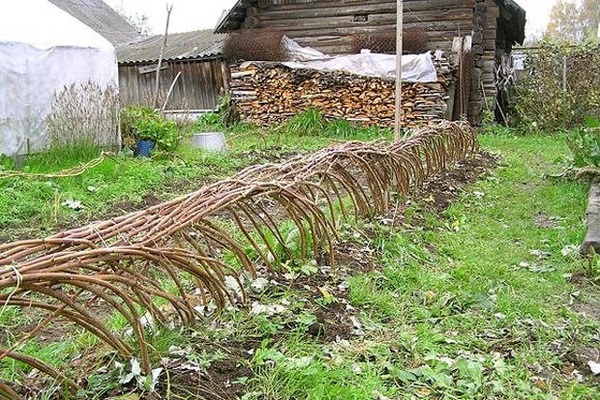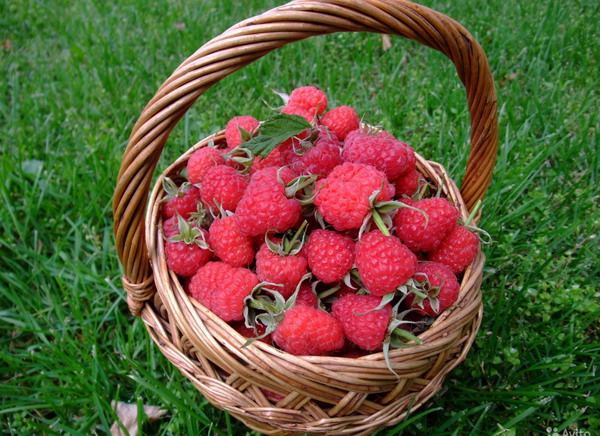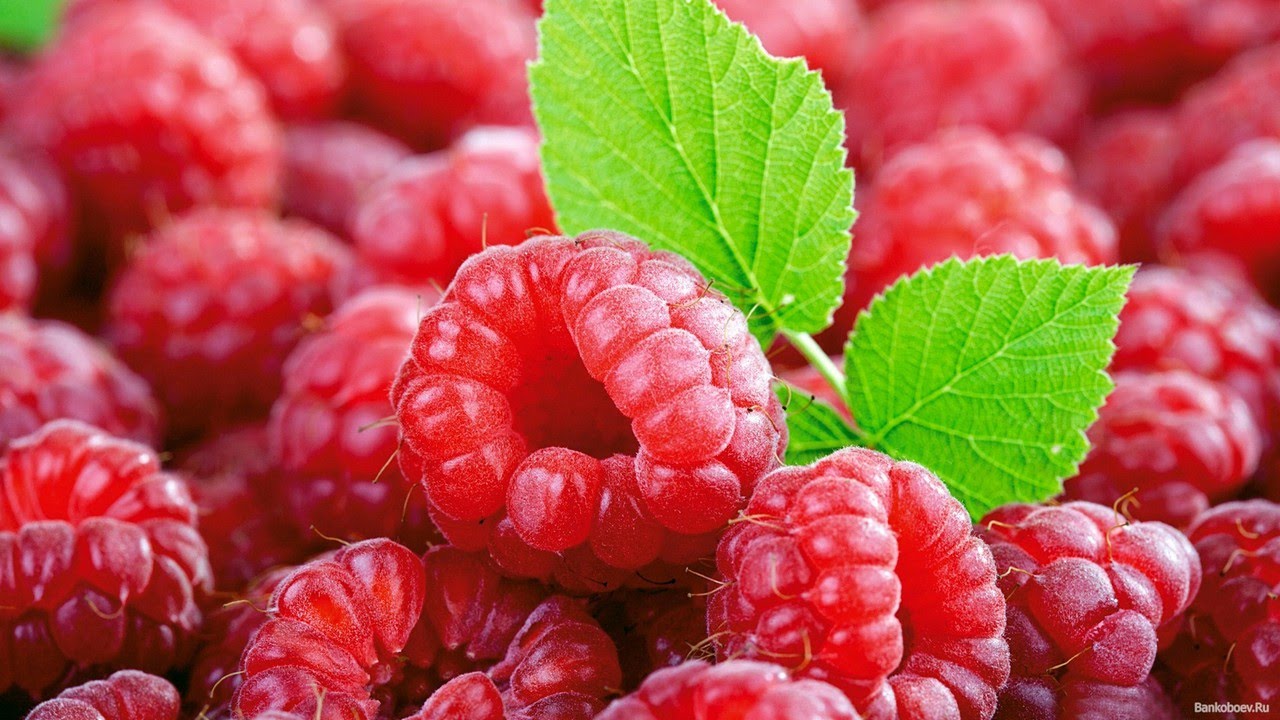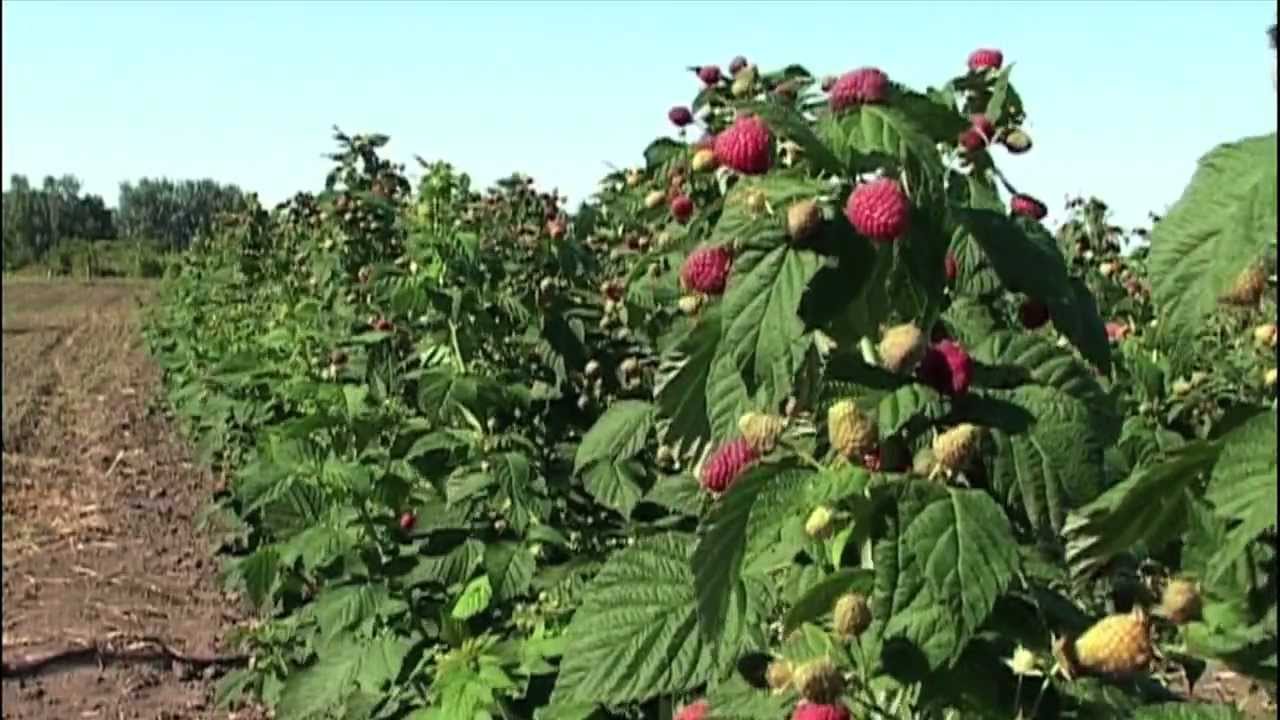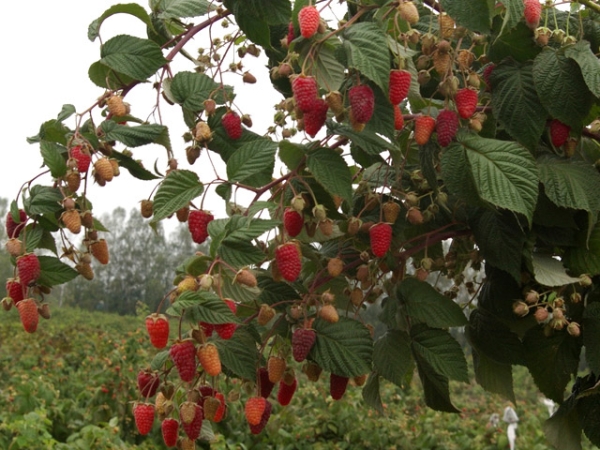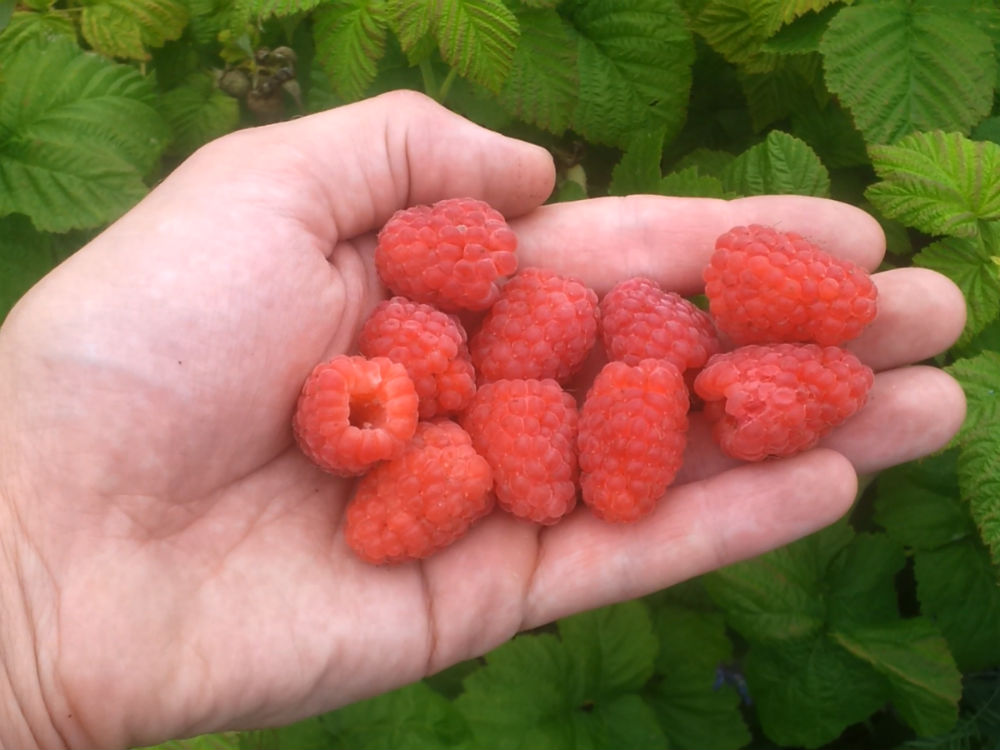Content:
A new variety of fruit and berry crops appeared on the agricultural market - Cleopatra raspberry. Gardeners are just getting to know the variety, so berry cultivation is not common. Among the species, it differs in a specific appearance, increased frost resistance and lack of maintenance requirements.
Features and characteristics of raspberries
The Cleopatra raspberry variety is a hybrid of Russian selection, obtained by crossing three varieties: Barnaulskaya, Obilnaya and Maroseyka. The type of fruit crop was bred at the Russian Institute of Horticulture Michurin I.V. The plant is listed in the state register and is recommended for planting in the Central regions and in the city of Kirzhach, mainly on black earth soils.
Attention! The main distinguishing features of raspberries are resistance to various types of diseases, as well as good frost resistance.
In the first year after planting, the bush does not exceed average size. Shoots are erect, spreading in structure, compact. The stems are thick and powerful. The shoots are endowed with delicate trunks, brown in color, there is a wax coating.
The varietal plant has small thorns on the surface, located in the lower part of the trunk. From the middle, the thorny cover gradually disappears, does not appear to the top. In the second year, the thorns completely cover the entire territory of the shoots and branches extending from the trunk.
The leaf blade of Cleopatra raspberry in the description of the variety is represented by a dark green shade with light veins over the entire surface. The leaf has a glossy surface; when exposed to sunlight, it begins to shine. The edges of the leaf end with numerous sharp teeth.
The berries of the variety have a dark red hue. In terms of volume, they are considered large - they reach 3-4 grams. weight. With favorable care, the fruits weigh 5 grams or more. The raspberry shape is cone-shaped, the pulp is dense, has a delicate structure. When consumed, a sweet taste with a slight sourness is felt, there is a weak aroma of a forest plant.
When tasting the raspberry variety Cleopatra for taste, it received an excellent rating of 4.6 points out of 5. The fruits of the shrub do not tolerate long-term transportation. The crop is intended for fresh consumption and preparation of compotes for the winter. The collected berries are processed immediately - the tender pulp quickly deteriorates.
The Kleopatra variety has an average yield: 6 kg per m2 or 4 kg per bush are harvested. Ripening is long and uneven. The first crop ripens by mid-June - early July, the second is harvested from mid-August.
The plant has good frost resistance, the shrub can withstand temperatures down to -150C. In the Central and Northern regions, the plant is covered for the winter.
Features for the care of the variety
Planting of raspberry shoots is carried out in the autumn and in the spring. For planting, they choose a place: preference is for sunny areas, but that at noon the shrubs are hidden from the sun's rays.
Important! The area is protected from piercing winds and cold drafts. Otherwise, the bush is affected by diseases, which affects the yield.
Planting a seedling
For placing raspberries, the south side, fenced with a fence or wall of the house, is suitable. It is required to plant bushes at a distance of 1 m.
When choosing a site where Cleopatra remontant raspberries will be planted, they check the occurrence of groundwater. They should be located 1.5-2 m from the root system. You should not land at the place of accumulation of melt water and in the lowlands. The abundance of moisture will dramatically reduce the volume of the crop.
Raspberry Cleopatra requires loose soil that is high in nutrients. The shrub bears excellent fruit on moderately acidic soil. With an increase in acidity, the soil is diluted with dolomite flour or lime.
Reproduction
Reproduction of raspberries Cleopatra is made by rhizomes with the presence of growth buds.
Top dressing
Top dressing of large-fruited Cleopatra raspberries is carried out several times during the growing season:
- At the time of swelling and cracking of the buds, liquid fertilizers are used. For top dressing, ammonium nitrate, phosphates are diluted, ash dissolved in water is added;
- With active budding and flowering - for the abundant formation of the ovary, it is required to add a diluted solution of bird droppings or mullein. For the preparation of the infusion, it is recommended to take the proportions of 1:20 if poultry droppings are used, 1:10 in the presence of a mullein;
- In the last days of the first summer month, a complex mineral fertilizer is scattered under the bush, it is well watered with water;
- After harvesting, it is recommended to fertilize with complex fertilizers. The latter is necessary for laying a raspberry harvest for the next growing season.
Garter plants
Cleopatra's bushes have a spreading structure, so experienced gardeners recommend installing supports when planting in the garden. The structure is placed immediately when the seedlings are rooting or in the second year, when the shrub begins to grow after pruning.
Typically, the device is made using recessed supports on both sides of the strip of seedlings, one peg is installed in the middle of the site. A wire is pulled between the fortifications. Raspberries of a remontant variety are tied to it for the convenience of harvesting and maintenance.
Pruning
For Cleopatra raspberries, pruning is required. It is held in the spring and autumn, in the middle of the season. With a new vegetative period, a shaping procedure is performed. When the first leaves appear, remove 1/3 of the grown shoot. The upper kidneys can be frozen by a strong decrease in temperature.
The process of eliminating part of the shoot will have a beneficial effect on increasing yields: when the extreme point of growth is removed, lateral shoots are activated, and young branches begin to grow from them. In the second year of life, many buds and berries are formed.
In the fall, they carry out the mandatory removal of 2-year-old shoots that have borne fruit in this year. They will not produce berries in the future, they will deplete the soil and the root system of the plant.
Preparing for winter
Raspberry Cleopatra is bred for the purpose of cultivation in various territories, it is also rooted in cold areas. For wintering, you need to prepare a plant. The shoots are untied from the supports and carefully bent to the ground. Stems from the surface are placed at a height of 40 cm.
It is necessary to carry out the procedure before the onset of cold weather, due to the fact that during the warm period the shoots are flexible and easily tilt in the required direction. When the temperature drops, they freeze and become brittle, which increases the risk of damage.
When the snow falls, a snow mass is thrown over the bent shrubs. In this state, both the ground part and the root system will not freeze.
Thus, Cleopatra is a new type of raspberry. Its characteristics make it possible to get acquainted with the plant. The description of the fruit crop tells how to plant seedlings correctly, take care of an adult plant, including preparing it for winter. Gardeners who have tried to grow a bush on their own plots give a positive assessment of the culture and recommend planting.
